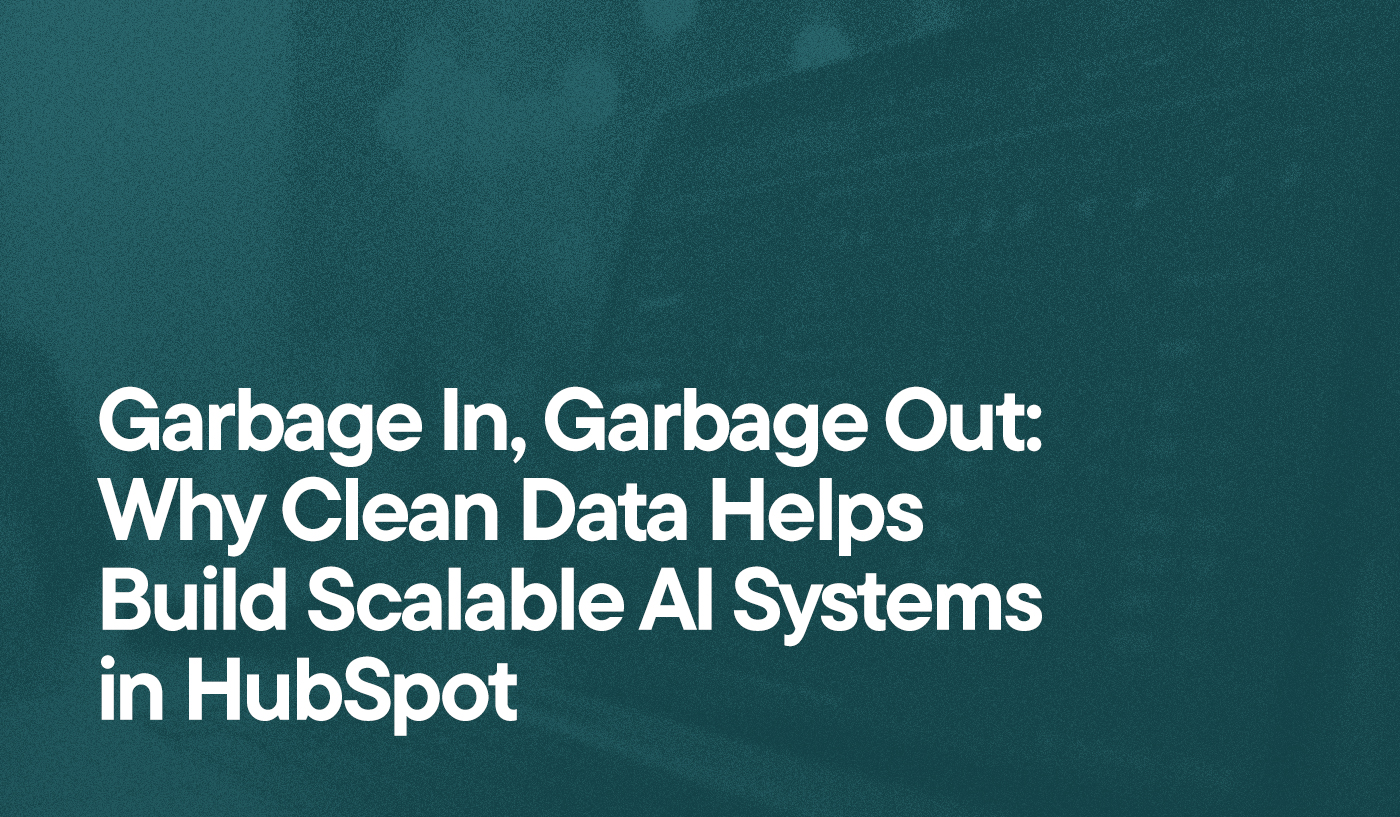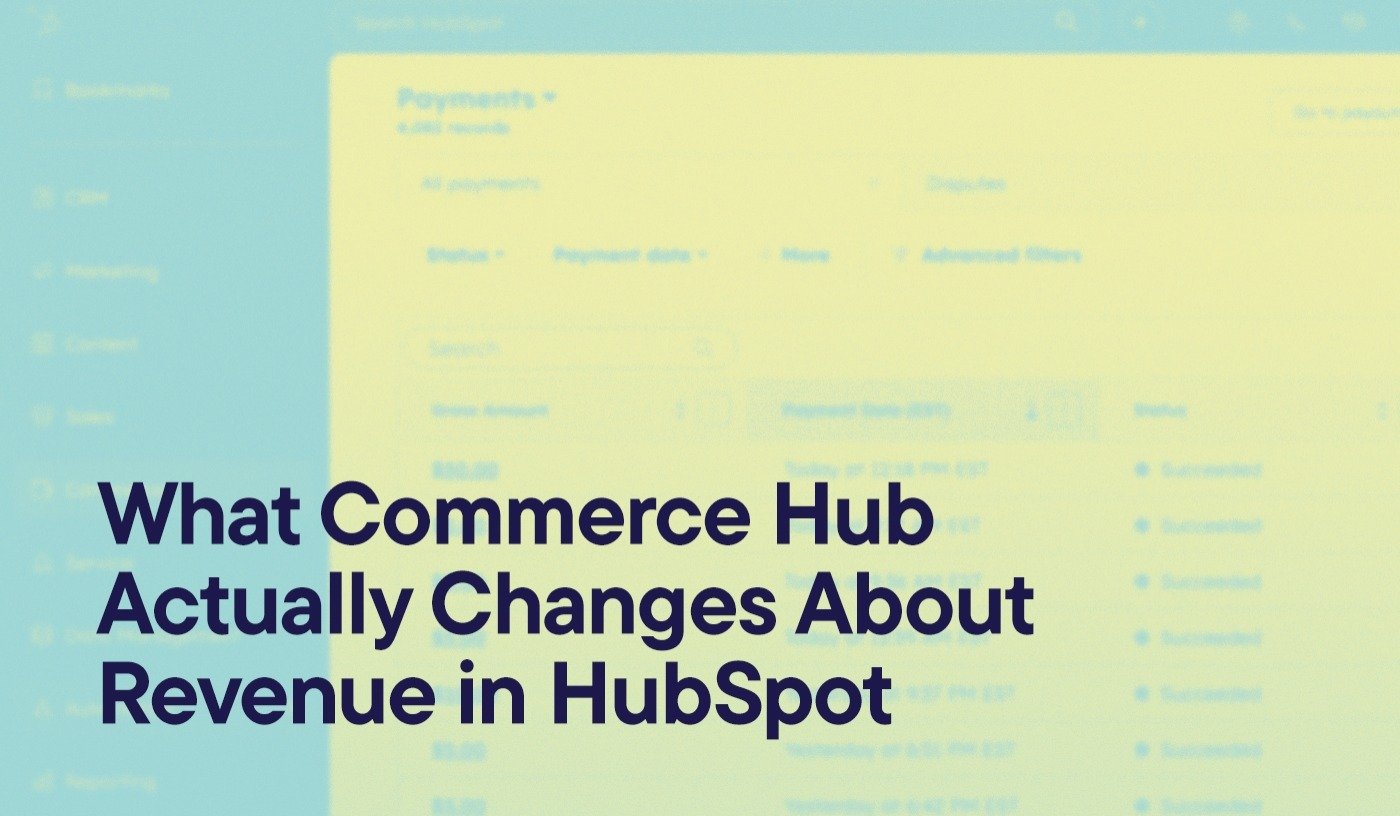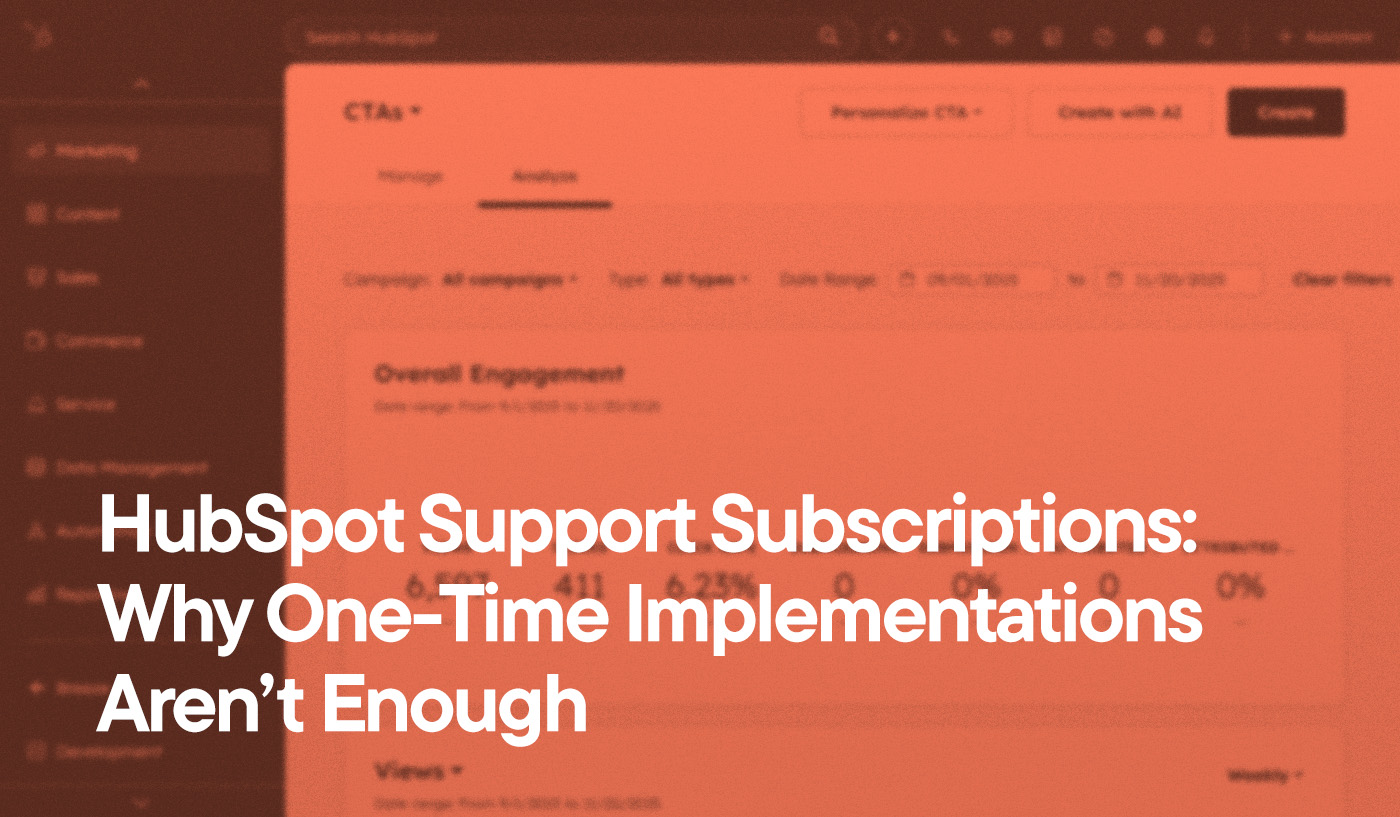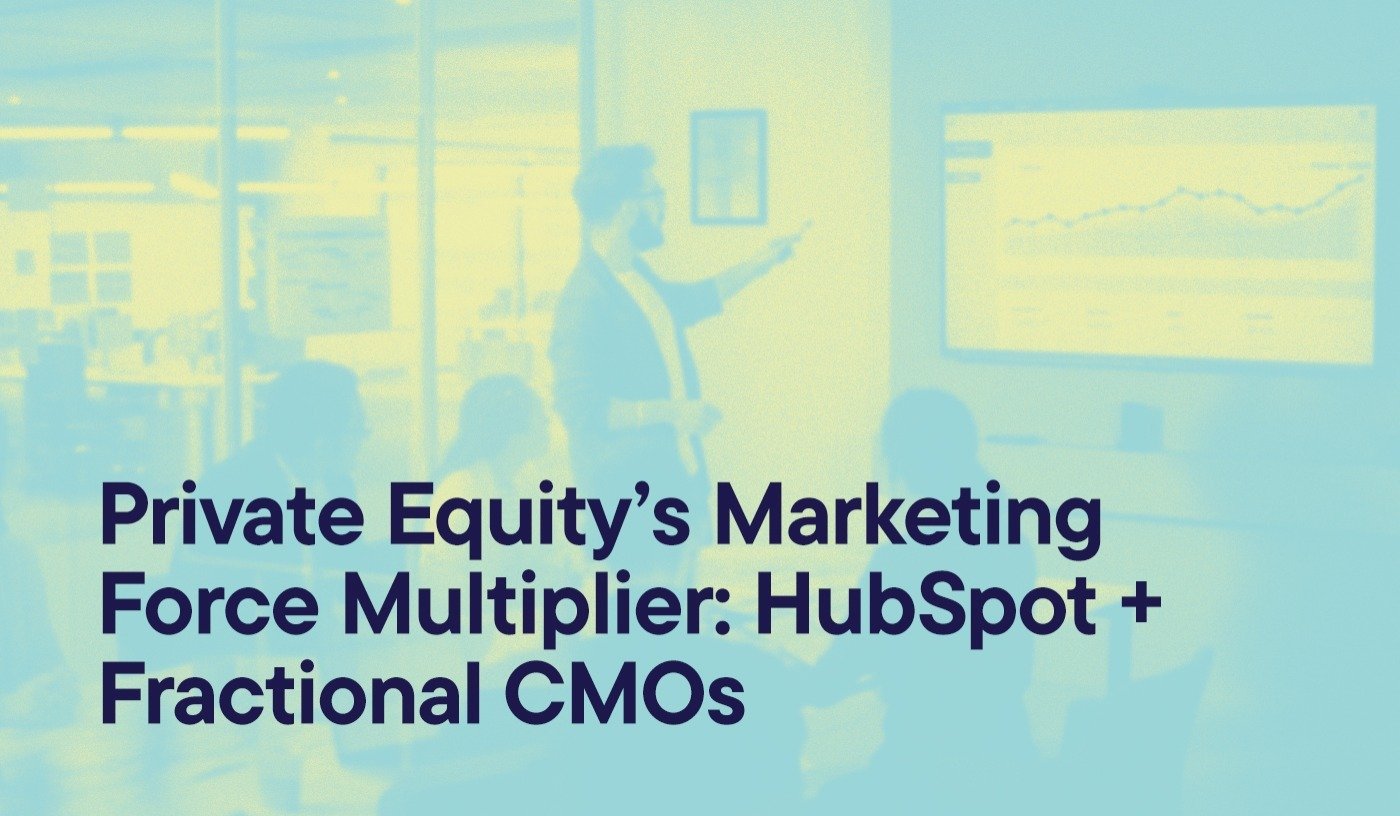It’s a simple truth: The quality of any system’s output is directly determined by the quality of its input. For AI, this isn’t just a best practice—it’s the fundamental determinant of success or failure.
Many organizations are excited about AI’s potential but uncertain about where to start. If you’re feeling that way, you’re in good company.
The key insight that can save you time and frustration? Starting with clean, reliable data isn’t just helpful—it’s what separates AI success stories from expensive disappointments.
When AI systems work with incomplete or inconsistent data, they can produce confusing results that make decision-making harder rather than easier.
The good news? These issues are manageable with the right approach and the right tools.
Think of it like teaching someone to cook using a recipe with missing ingredients and unclear instructions. No matter how skilled the cook, the results will be inconsistent and frustrating. Your CRM data is the recipe your AI systems follow.
For HubSpot users eager to leverage AI capabilities, understanding and addressing data quality is essential. We explore why clean data is non-negotiable for building scalable AI systems and how HubSpot’s tools, combined with expert guidance, can truly prepare your organization for AI success.
How Bad Data Creates Challenges for Your AI—Before It Begins
The “garbage in, garbage out” principle is straightforward, yet for artificial intelligence, its consequences are far more significant.
AI systems don’t just process data—they learn from it. Even minor flaws can create inconsistent results and unreliable insights when scaled.
|
Data Quality Issue |
Impact on AI Systems |
|
Duplicate records |
Skewed predictions favoring overrepresented patterns |
|
Inconsistent formatting |
Difficulty recognizing the same entities across datasets |
|
Missing values |
Incomplete pattern recognition and unreliable models |
|
Outdated information |
Predictions based on obsolete patterns |
|
Inaccurate data |
Systematically unreliable decisions and recommendations |
If you’re seeing some of these issues in your own data, you’re not alone—most organizations face similar challenges when they first explore AI integration.
Quick Check: Are your top CRM fields (email, name, industry) standardized and validated? Don’t worry if this reveals some gaps—every growing business deals with data inconsistencies.
HubSpot CRMs are particularly vulnerable due to diverse data sources—forms, imports, integrations, and manual entry. Even one weak link can create challenges for your AI systems.
The 4 Essential Pillars of AI-Ready CRM Data
- Accuracy: Real-world reflection. Inaccuracies break your predictions.
- Consistency: Standard formatting = reliable pattern recognition.
- Completeness: Missing information can skew your results toward more complete profiles.
- Timeliness: Stale data = outdated logic and missed insights.
If you’re feeling a bit overwhelmed looking at this list, that’s completely understandable. Let’s look at how HubSpot can actually help make this manageable.
HubSpot Features That Safeguard AI From Bad Data
- AI-Powered Format Suggestions: Smart fixes for inconsistent entries.
- Duplicate Management: AI-powered suggestions help you quickly review and merge duplicate records before they impact your AI models.
- Integration Health Monitoring: Catch sync failures that introduce problematic records.
How Clean Data Powers Scalable AI in HubSpot
- More Data, Less Waste: Clean inputs mean less manual cleanup later.
- Adaptability: Easily update or retrain AI as your business evolves.
- Reliability: Reduces surprise failures caused by edge-case data.
- Confidence: Trusted insights enable smart, fast decisions.
Pro Insight: Clean CRM data doesn’t just fuel AI—it de-risks it.
Here’s the encouraging part: you don’t need to fix everything at once. Small, strategic improvements can make a significant difference.
Transform Your Business With AI Technology
Struggling to Keep Pace With the AI Revolution?
Discover Our Strategic AI Integration Solutions arrow_forwardFrom Chaos to Confidence: A Smarter CRM Cleanup Framework
We know that data cleanup can feel like a daunting task, especially when you’re already managing multiple priorities. The cleanup process is more straightforward than many people expect. Here’s how to approach it step by step:
Phase 1: Quick Wins
- Merge high-duplicate contact types
- Standardize common fields (emails, phones)
- Flag missing critical property values
Phase 2: Foundational Fixes
- Apply field validation rules
- Standardize naming conventions
- Clean up integration mismatches
Phase 3: Scalable Governance
- Sync with enrichment tools (e.g. Breeze Intelligence)
- Schedule stale-data alerts
- Implement a monthly audit cadence
Get Expert Guidance: Let Hypha Build Your Cleanup Plan
FAQ: Getting AI-Ready With Clean HubSpot Data
Here’s the reassuring truth: you don’t need perfect data to begin. Focus on your most important fields and key customer segments first. Progress, not perfection, is the goal.
Yes—HubSpot’s AI-powered tools can suggest rules, flag inconsistencies, and highlight potential issues, making it easier to identify and address dirty data. However, most corrections (such as merging duplicates) require user review and approval.
Unexpected predictions, lead scoring that doesn’t match your team’s experience, and performance gaps between test results and real-world outcomes.
Data quality is an ongoing process rather than a one-time project. Weekly micro-checks plus quarterly deeper reviews work well for most organizations.
Let’s Talk About Your Data—No Judgment, Just Solutions
Many of our clients initially worry that their data isn’t “good enough” for AI. In our experience, most organizations have more potential than they realize.
AI success isn’t about having perfect data from day one—it’s about building good habits and making steady improvements. Whether you’re just starting to explore AI or ready to scale your efforts, remember that every organization faces these same data challenges. The difference is having a clear plan to address them.
Reach out today and let’s assess your AI readiness together.




